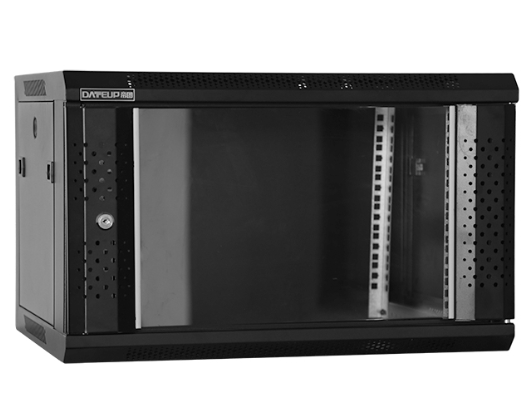News
Site Editor
 Site
https://leonetworkgroup.usa18.wondercdn.com/uploads/image/5fe152faa587d.png
A Cat5 cable is a twisted pair cable used in Ethernet networking. It is essential to test the cable before installing it to secure a smooth network performance. The testing will ensure that the individual wires are connected correctly and that the cable's quality meets the required standards. In this article, we will discuss how to test a Cat5 cable with a multimeter, a tool used to measure electr
Site
https://leonetworkgroup.usa18.wondercdn.com/uploads/image/5fe152faa587d.png
A Cat5 cable is a twisted pair cable used in Ethernet networking. It is essential to test the cable before installing it to secure a smooth network performance. The testing will ensure that the individual wires are connected correctly and that the cable's quality meets the required standards. In this article, we will discuss how to test a Cat5 cable with a multimeter, a tool used to measure electr
How To Test Cat5 Cable With Multimeter
Views: 2155
Author: Site Editor
Publish Time: 2023-07-12
Origin: Site
A Cat5 cable is a twisted pair cable used in Ethernet networking. It is essential to test the cable before installing it to secure a smooth network performance. The testing will ensure that the individual wires are connected correctly and that the cable's quality meets the required standards. In this article, we will discuss how to test a Cat5 cable with a multimeter, a tool used to measure electrical voltage, current, and resistance.
Materials Required:
1. Multimeter
2. Cat5 cable
3. RJ45 connector
4. Wire cutter/stripper
Step 1: Strip the cable and connect the RJ45 connector
Use a wire stripper/cutter to remove 2 inches of the cable's outer shielding and ½ inch of the wires' insulation. Take note of the wire colors and their placement. Connect the wires to an RJ45 connector as per the T-568B wiring standard.
Step 2: Set the multimeter to continuity mode
The continuity mode on a multimeter sends a small electrical charge across two points of a wire and detects whether there is a connection or not. Set the multimeter to continuity mode, which is represented by a continuous beep or a display icon with a wave symbol.
Step 3: Test the wires for continuity
With the connector on one side, touch the multimeter's probes on the opposite side of the cable's termination points. If there is continuity, the multimeter will emit a beep or light up the icon. Check each wire for continuity against the corresponding wire on the other end of the cable.
Step 4: Test for shorts
A short circuit is when two of the wires are connected that should not be. To test for shorts, switch the multimeter to resistance mode (ohms). Check for a reading between two adjacent wires to ensure that the reading is infinity (∞). If there is a non-infinite reading, there is a short circuit.
Step 5: Test for open circuits
An open circuit occurs when there is a break in the circuit. To test for open circuits, touch one probe on the connector's pins and the other on the wire's exposed end. Check for a reading on the multimeter, and if it is not found, there is an open circuit.
Step 6: Repeat the test on the opposite end of the cable
After making repairs based on steps 4 and 5, repeat the continuity test from step 3 to ensure that there are no open or short circuits present after repairing.
Conclusion:
Testing a Cat5 cable with a multimeter is an efficient way of ensuring that a cable is wired correctly and will transmit data without errors. Discovered issues can be remedied before installation to guarantee optimal performance. Through the above steps, one can easily test their Cat5 cable and identify problems that may be present.
If you want to know more about industrial network cabinet,china fiber optic splice closure,china fiber optic distribution box,please consult the fiber optic splice closure factory









